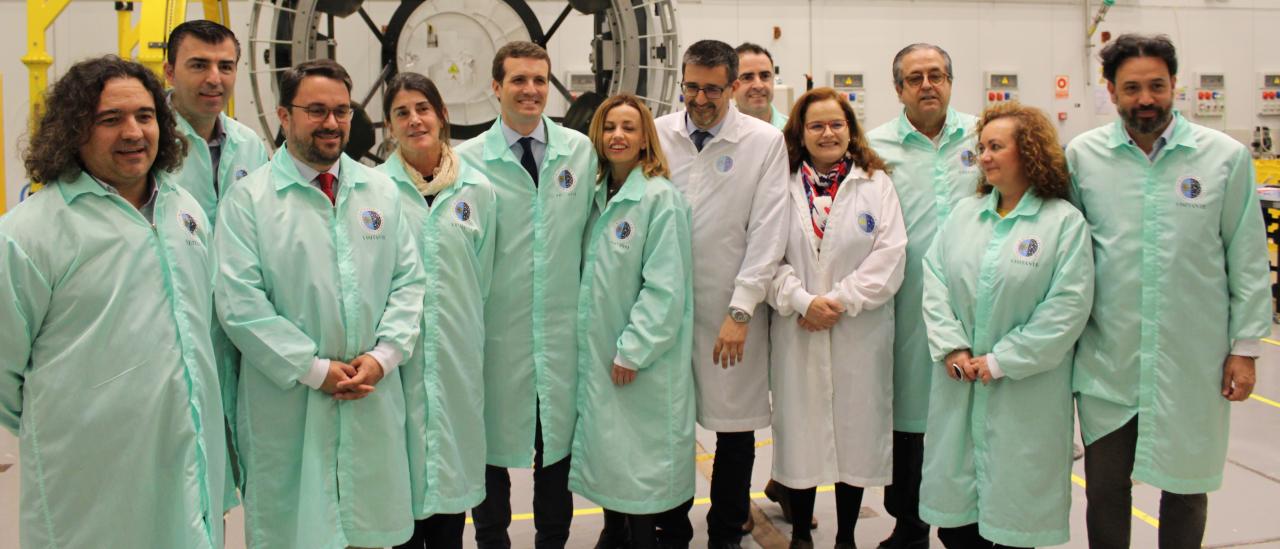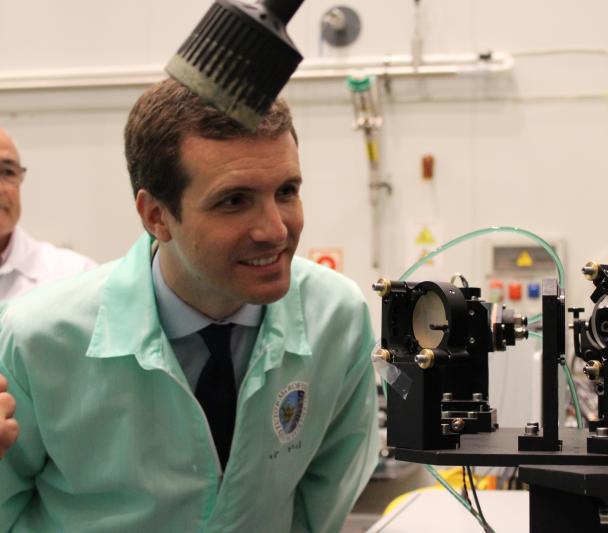Esta mañana, Pablo Casado, presidente del Partido Popular (PP) y candidato a la Presidencia del Gobierno de España, visitó la sede central del Instituto de Astrofísica de Canarias (IAC), en La Laguna, junto con otros representantes de su partido. El político se mostró interesado en conocer la labor investigadora y de desarrollo tecnológico que se realiza en el IAC y en los Observatorios de Canarias, así como los proyectos de futuros telescopios. Acompañado por Casiana Muñoz-Tuñón, subdirectora del IAC, y otros miembros del Comité de Dirección de este centro, Casado recorrió las instalaciones y accedió a los talleres y laboratorios donde se diseñan, fabrican y montan los instrumentos que después se envían tanto a telescopios terrestres como al espacio.
Pablo Casado junto a representantes de su partido y miembros del Comité de Dirección del Instituto de Astrofísica de Canarias. Crédito: Jorge Dóniz (IAC).
Advertised on
It may interest you
-
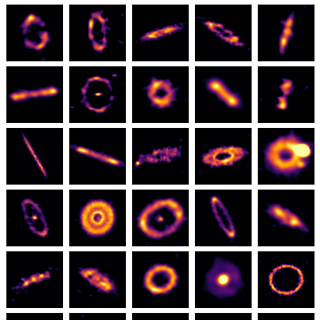 The Instituto de Astrofísica de Canarias (IAC) and the University of La Laguna (ULL) have collaborated in the research that reveals the structure of 74 exocomet belts, it means, belts with minor bodies outside our solar system, around stars close to us. Astrophysicists led by a team from Trinity College Dublin , with the Universidad de La Laguna (ULL) and Instituto de Aastrofísica de Canarias (IAC) collaboration- have for the first time imaged a large number of exocomet belts around nearby stars, and the tiny pebbles within them. The crystal-clear images show light being emitted from theseAdvertised on
The Instituto de Astrofísica de Canarias (IAC) and the University of La Laguna (ULL) have collaborated in the research that reveals the structure of 74 exocomet belts, it means, belts with minor bodies outside our solar system, around stars close to us. Astrophysicists led by a team from Trinity College Dublin , with the Universidad de La Laguna (ULL) and Instituto de Aastrofísica de Canarias (IAC) collaboration- have for the first time imaged a large number of exocomet belts around nearby stars, and the tiny pebbles within them. The crystal-clear images show light being emitted from theseAdvertised on -
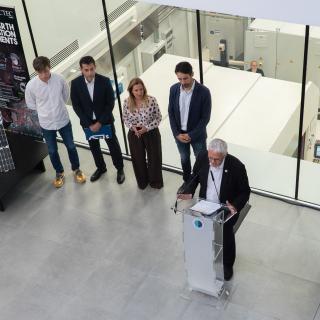 La presidenta del Cabildo de Tenerife, Rosa Dávila, ha anunciado esta mañana la aprobación de una subvención de 2,2 millones de euros al Instituto de Astrofísica de Canarias (IAC) para la fabricación de DRAGO-3, una cámara de última generación que se integrará en una constelación global de satélites en órbita baja. Esta red de satélites interconectados está concebida para ofrecer servicios globales o regionales para Tenerife. El importe exacto de la subvención asciende a 2.208.120 euros. El anuncio se ha realizado durante una visita a las instalaciones de IACTEC, la división tecnológica delAdvertised on
La presidenta del Cabildo de Tenerife, Rosa Dávila, ha anunciado esta mañana la aprobación de una subvención de 2,2 millones de euros al Instituto de Astrofísica de Canarias (IAC) para la fabricación de DRAGO-3, una cámara de última generación que se integrará en una constelación global de satélites en órbita baja. Esta red de satélites interconectados está concebida para ofrecer servicios globales o regionales para Tenerife. El importe exacto de la subvención asciende a 2.208.120 euros. El anuncio se ha realizado durante una visita a las instalaciones de IACTEC, la división tecnológica delAdvertised on -
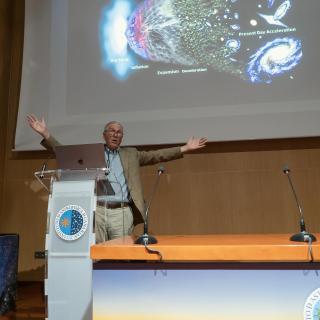 The Instituto de Astrofísica de Canarias (IAC) has received a visit from Robert P. Kirshner, Executive Director of the Thirty Meter Telescope International Observatory (TIO) . During his stay at the IAC headquarters in La Laguna, he was welcomed by the center’s director, Valentín Martínez Pillet, and by the deputy director, Eva Villaver Sobrino, along with other members of the research institute. During his visit, he was able to learn firsthand about the institution’s scientific and technological capabilities and gave a colloquium titled The Thirty Meter Telescope and Science of the FutureAdvertised on
The Instituto de Astrofísica de Canarias (IAC) has received a visit from Robert P. Kirshner, Executive Director of the Thirty Meter Telescope International Observatory (TIO) . During his stay at the IAC headquarters in La Laguna, he was welcomed by the center’s director, Valentín Martínez Pillet, and by the deputy director, Eva Villaver Sobrino, along with other members of the research institute. During his visit, he was able to learn firsthand about the institution’s scientific and technological capabilities and gave a colloquium titled The Thirty Meter Telescope and Science of the FutureAdvertised on
